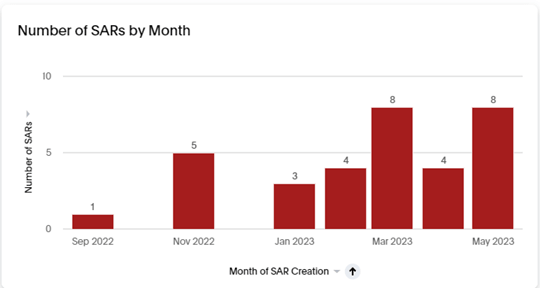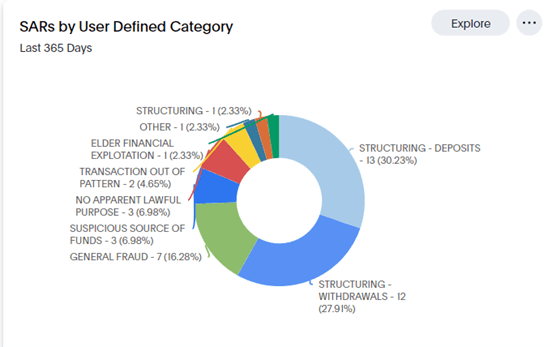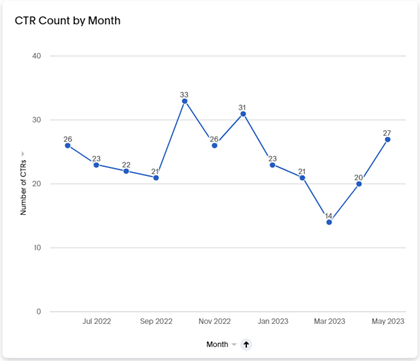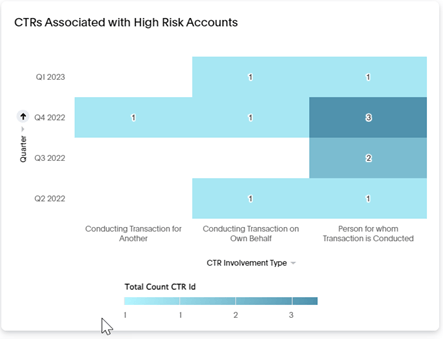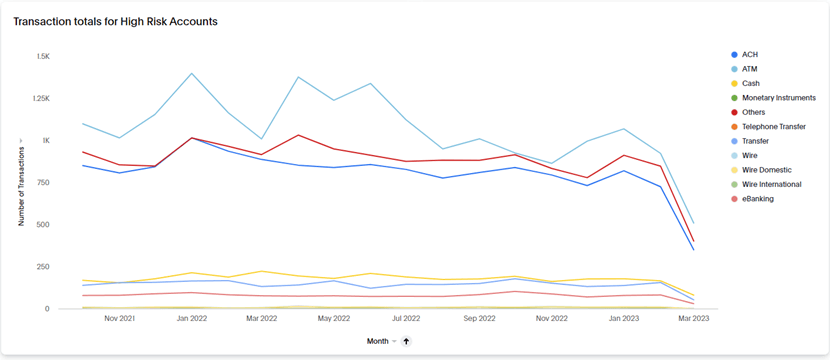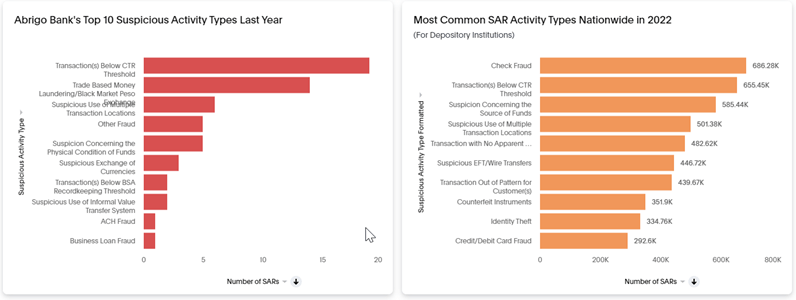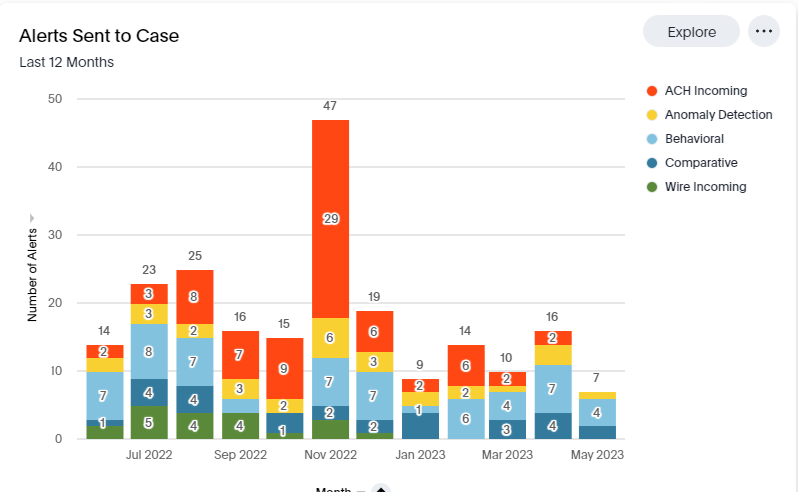BSA Officers have a lot of responsibilities. They wear many hats, especially in smaller community banks and credit unions. One essential obligation of BSA Officers is reporting to the board of directors.
However, that monthly or quarterly board report often feels like just another task to do on the mile-long to-do list. For new BSA Officers, in particular, figuring out what to put in the report can seem like a daunting task.
When it comes to report development, you may know the regulatory minimum expectations (e.g., tell the board about SAR filings), but other questions you may have are:
- What else should you include?
- What is valuable information about your fraud and anti-money laundering/countering the financing of terrorism (AML/CFT) program?
- Where do you even get the information to share and put it in a format that is easy for busy directors to understand?
Having built BSA, fraud, and risk management programs from the ground up for financial institutions and helped many others as a consultant, I’ve found the most useful reports to provide to board members take into account three principles behind reporting on AML compliance:
- The board of directors (or the designated board committee that you may report to each month) has a regulatory responsibility to maintain a safe and sound institution.
- Keeping money laundering out of the institution and creating a culture of compliance are part of that responsibility.
- They rely on you, the BSA Officer, to provide them with updated information so they can fulfill their responsibilities.
As the FFIEC manual for BSA/AML exams states,
The BSA compliance officer should regularly report the status of ongoing compliance with the BSA to the board of directors and senior management so that they can make informed decisions about existing risk exposure and the overall BSA/AML compliance program.
Examiners are directed to “review reports to the board of directors and senior management regarding the status of ongoing compliance and pertinent BSA-related information.”



